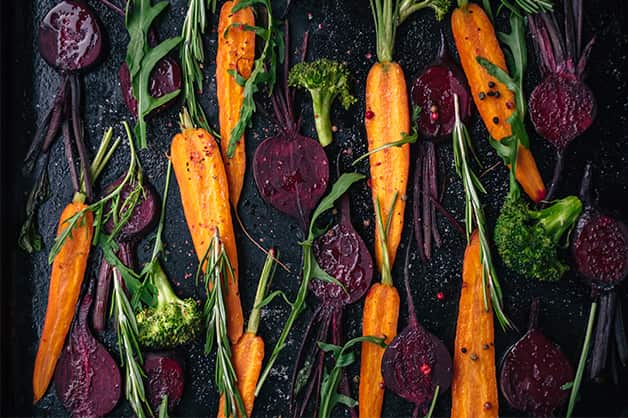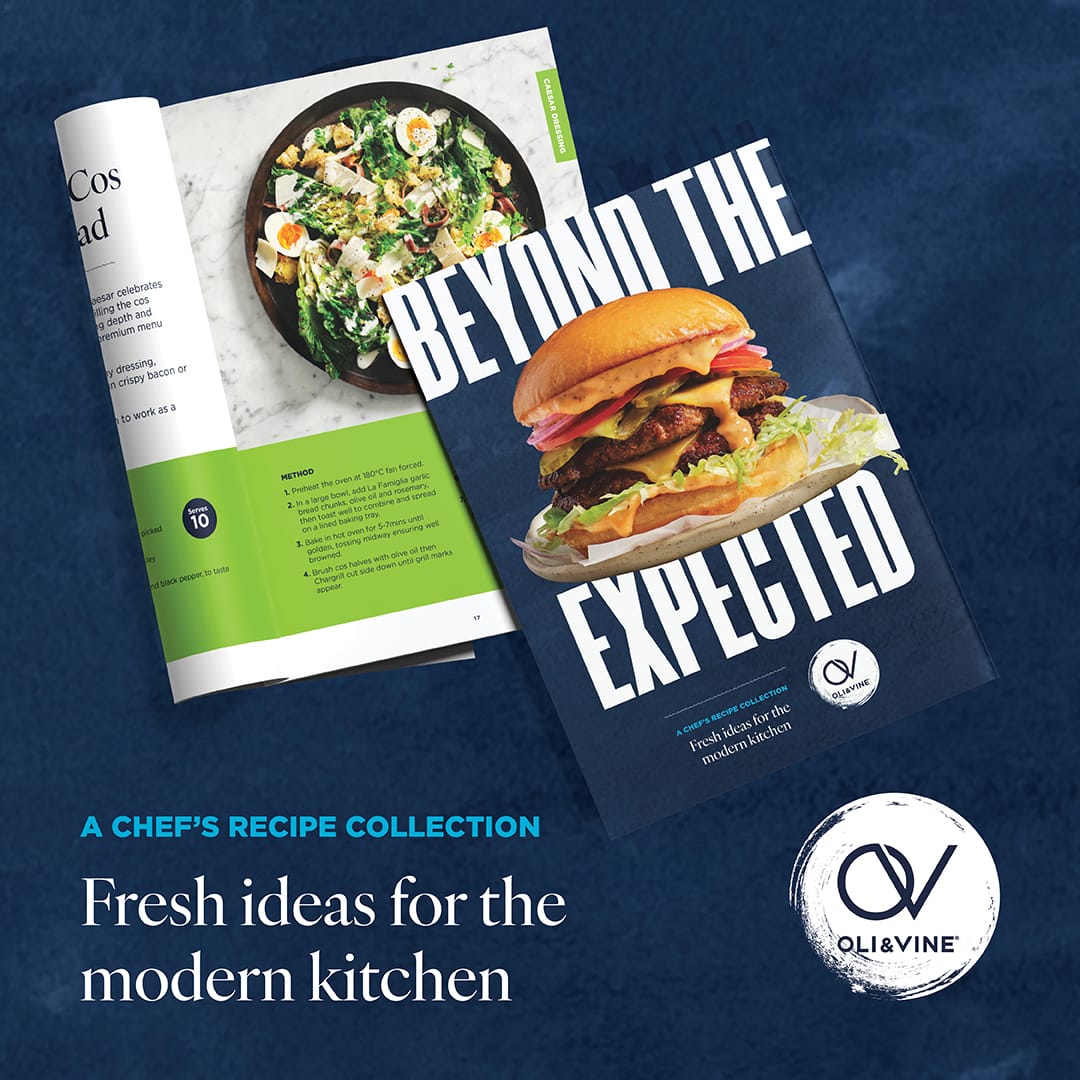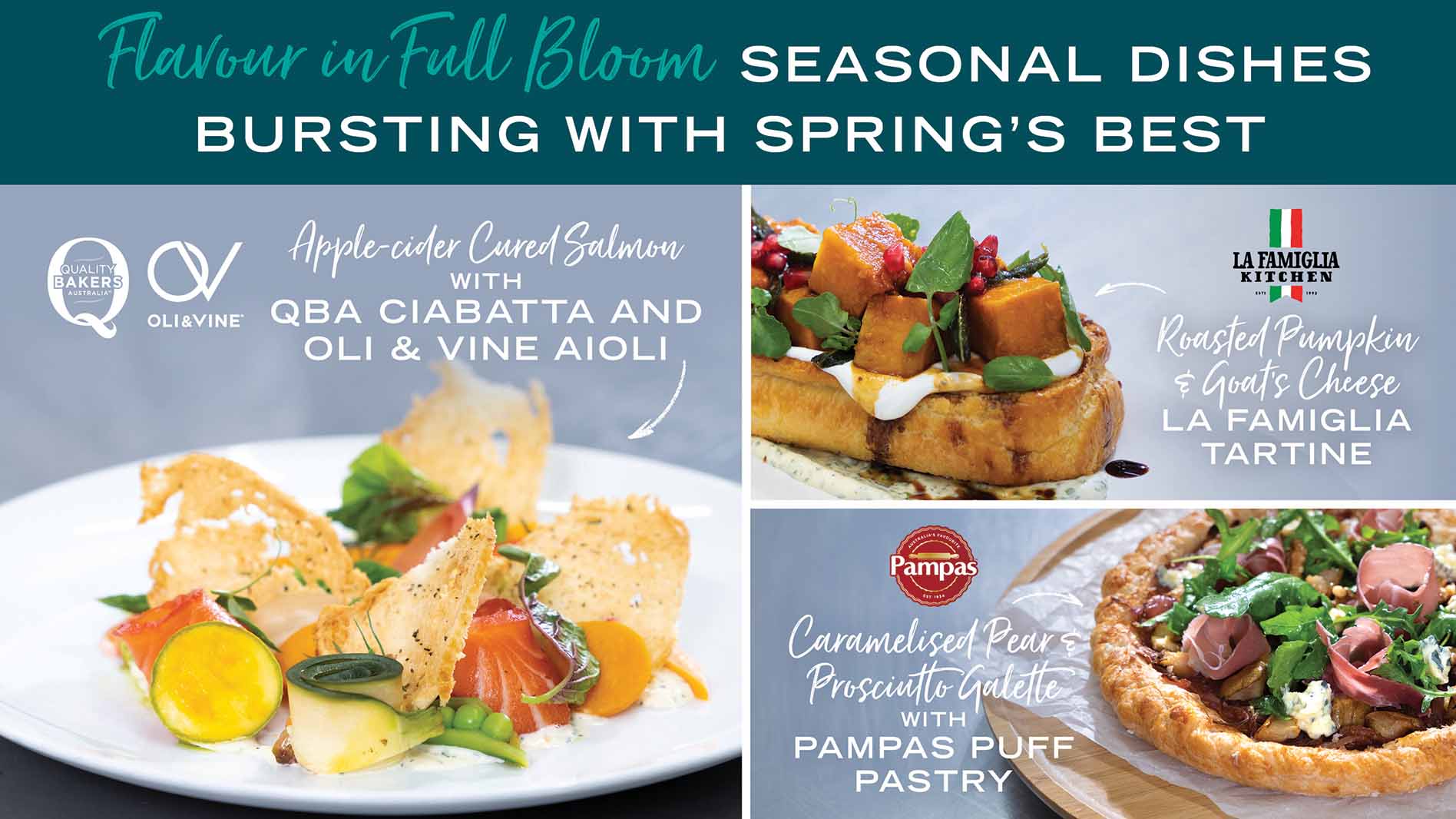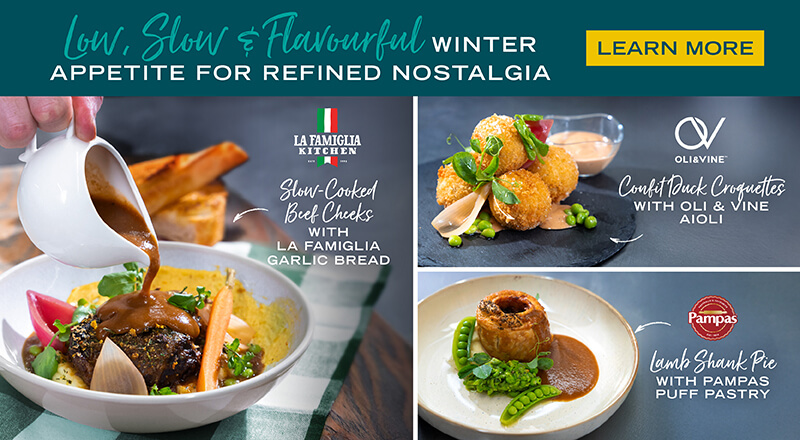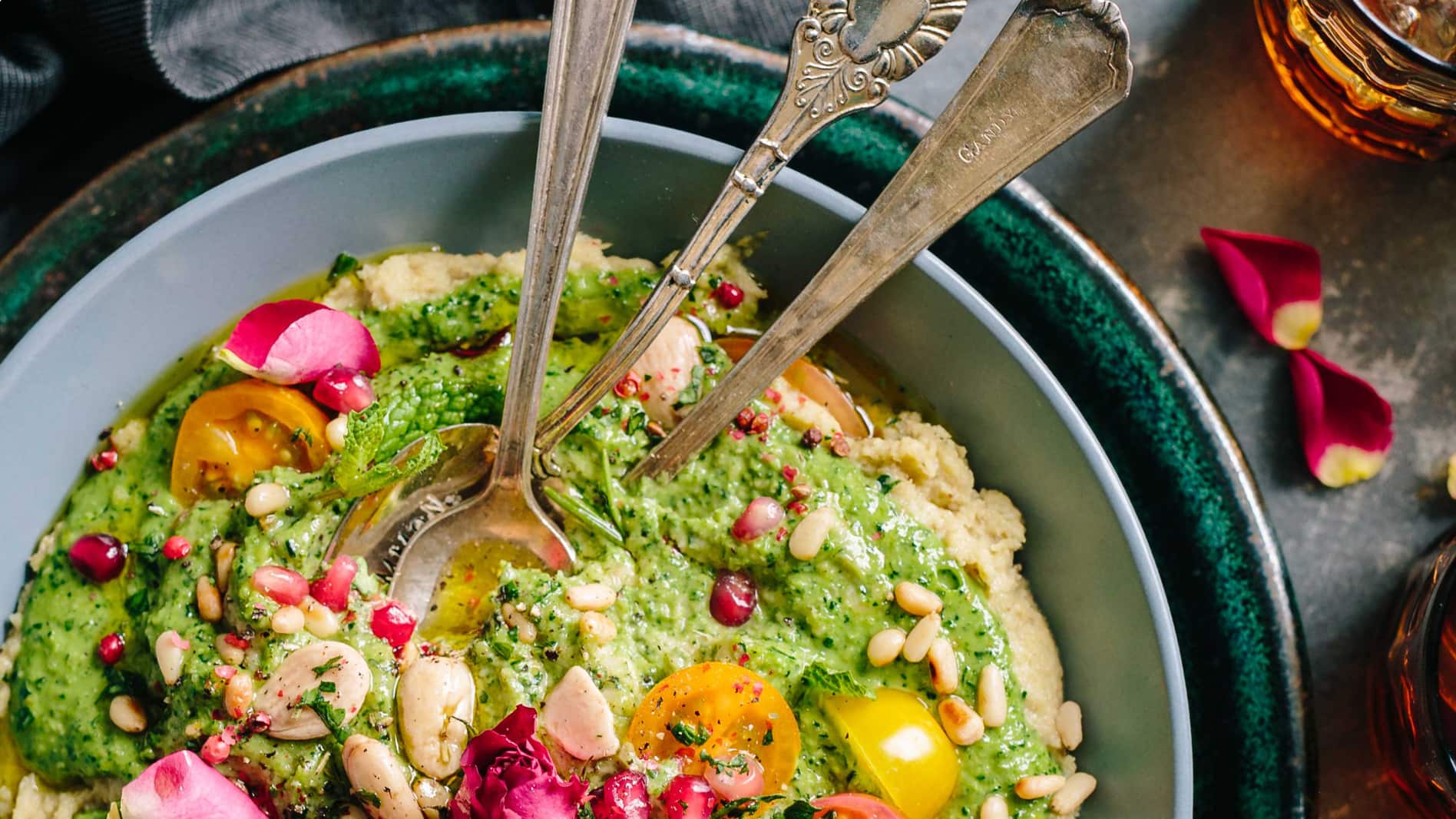
It’s officially time to ditch your oily, greasy mains and deep-fried sides. As the new year quickly rolls in, we have uncovered the latest new food trends that are set to hit your kitchens and the healthier the better – so don’t get left behind.
Last year, we highlighted the biggest food trends predicted for 2018. And over the course of the year, we’ve witnessed some of the most predictable and also bizarre food trends the food service industry has seen over the years. From the continuing rise in popularity of burgers and American infused dishes to the unusual mushroom coffee, mac and cheese pizza and unicorn lattes – 2018 has seen it all.
As the new year approaches at an alarming rate, the food service trends for 2019 are predicted to be healthier, heartier and overall better for customers and your kitchens. To ensure your venue is ready to take on the trends, we have uncovered the four biggest shifts that will change the way you operate and plan your menus in the months to come.
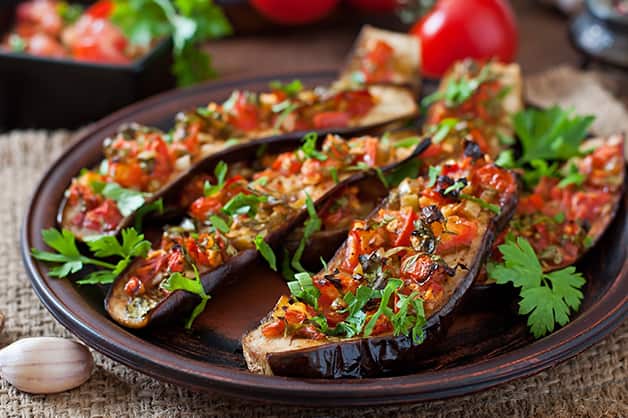
Ditching meat for plant-based foods:
While Americano foods were a hit across Australia this year, consumers are set to shift their eating habits towards healthy plant-based options. More and more consumers are predicted to decrease their meat intake and increase their vegetable consumption.
According to Mintel research, more than 30% of individuals are reducing their meat intake and restricting it to one meal per week. Google trends have also discovered that one-third of global consumers are planning to reduce their red meat consumption over the next 12 months, according to the latest Future of Food report.
The plant-based diet is expected to boom as more people become aware of the health benefits they gain by following the diet. With a decrease in meat consumption predicted, chefs now have the pressure of finding new and innovative ways to cook and present vegetarian dishes on their menu to cater to their larger audience.
Food manufacturers and chefs are also beginning to meet the demand by incorporating more plant-based proteins, including vegan sausages and burgers that taste like real meat, into their offering. When creating vegetarian options for your menu, clever combinations and an implied substantiality are key; quinoa with grilled zucchini, garbanzo beans and cumin, avocado-miso-mushroom bowl or cauliflower steaks with coconut turmeric relish will leave your minds inspired and belly’s brimming.
Goodman Fielder Food Service is one of Australia’s leading suppliers of a variety plant-based wholesale products for restaurants, cafes and other hospitality venues. Discover the range today.
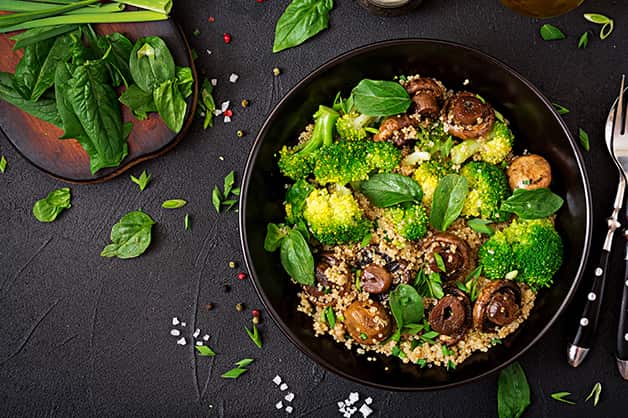
Increase in paleo, vegan and keto diets:
While many consumers are limiting their meat intake, whether it is at home or dining out at restaurants, many more are also set to follow one of the numerous other diet trends that have been gaining traction in the media. From paleo, veganism, vegetarian and keto diets, consumers’ expectations of venues meeting their dietary needs are set to place more pressure on chefs and their menus.
Gourmet Insider claims those who are adopting diets like keto and paleo, are turning them into long-term lifestyles choices, not just one-off, fad diets. Meaning, the more options you have all year round, the better for your customers (and of course sales).
According to the Future of Food report, there will also continue to be an increase in gluten free cases, resulting in more restaurants offering vegetable-based pasta and pizza options Major fast food chains are beginning to jump on-board to deliver their customers a variety of offerings to meet the dietary needs.
McDonald’s and Hungry Jacks have recently welcomed a vegan burger on their menu, as well as a range of salads. In the UK, Pizza Hut has followed, alongside ice-cream giants Ben & Jerry’s, who have added plant-based pizzas and dairy-free frozen desserts to their menus.
With more major venues jumping on the trend, it places more pressure on local and small restaurants to also offer dishes that meet the customer’s need. Melbourne chef, Andrew McConnell welcomes the new booming trend, stating it provides chefs with a challenge of composing dishes in a new way.
“It’s a whole new skill set which we really enjoy,” he told Good Food, adding that his vegan-inspired menu at his Cutler & Co restaurant has become extremely popular amongst diners in the past few months.
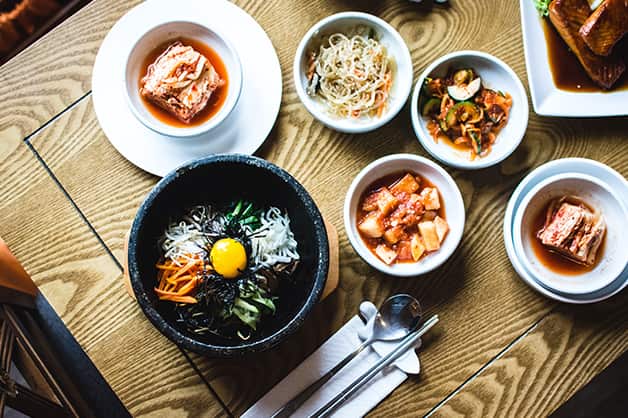
The desire for good gut bacteria foods:
The sudden healthy focus is again present with predicted trend three for 2019. As consumers begin to opt for more fruit and vegetables and overall healthy diets, they are also choosing to consume more good gut bacteria foods and beverages.
A number of products that are already making their way into venues are kombucha (a fermented tea), sauerkraut (raw cabbage that has been fermented by various lactic acid bacteria), kimchi (salted and fermented vegetables) and yogurt. As kombucha cements itself as a new alternative beverage, chefs across Australia are beginning to offer various styles of home-grown kombucha to keep up with the demand.
These same businesses are also expected to expand their offering of fermented foods in the new year to ensure they cater to their growing audiences. Venues are being encouraged to offer more kimchi, as well as fermented pickles, sauerkraut, tempeh, kefir, carrots and cream, and any other items that can be fermented, cooked and offered to customers as an alternative.
Use of full products and reducing waste:
In 2019, it’s time to say goodbye to food waste once and for all. The new year is set to pull through the lingering trend of nose-to-tail and root-to-stem methods in the kitchen.
While this movement has been materialising over the food service industry for some time, chefs will be encouraged to implement it more often than not next year, in an attempt to reduce wastage across the nation. According to Watch My Waste, Australian restaurants and cafes produce over 250,000 tonnes of food waste every year that ends up in landfill.
While collectively, Australians waste 7,500,000 kilograms of food annually. So, in the new year, what used to be considered as garbage will now be seen as a resource by chefs.
Many chefs across the country are set to take on the zero-waste cooking trend as a daring and creative challenge. Mike McEnearney, owner and executive chef of No.1 Bent Street by Mike, told Food Service News he welcomed the trend in his kitchen and encourages his fellow chefs to do so also.
“People think you need to trim something within an inch of its life to make it presentable,” he said. “Chefs are wasting more than what they’re using because it looks good. That needs to be something of the past.”
While using cut off vegetables and meats to create stock is common, chefs are being encouraged to get creative with their offsets. Group Executive Chef at Wests Leagues Club, Graham Krueger urges chefs to implement the root-to-stem and nose-to-tail style of cooking within their kitchens.
“Nose-to-tail cooking really utilises a chef’s skills,” he told Goodman Fielder Food Service. “There are a lot of different techniques that need to be used in order to produce a restaurant-quality dish. You’re taking cuts that are naturally very tough and it requires skill to make them nice and tender.”
Conclusion:
For that last couple of years, the latest food trends have revolved around American-styled and flavoured meats and over-the-top burgers and milkshakes. But a massive shift is predicted for 2019, affecting all venue owners and chefs across the country, as consumers switch their eating habits and opt for healthier alternatives.
From ditching meat for plant-based meals to following keto, paleo and vegan diets and opting for good gut bacteria foods and drinks, the new year is set for a big change. So, start preparing your kitchens and your new menus to fit with the trends to ensure you’re not left behind the food wagon.

